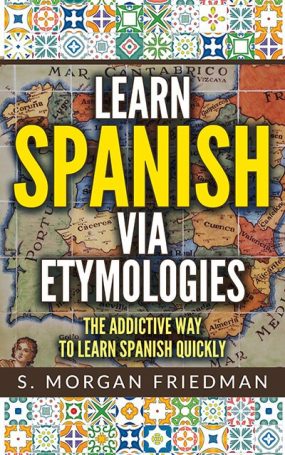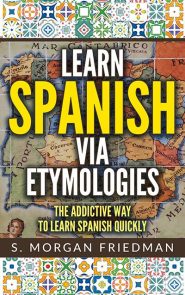
Hervir (Spanish for, “to boil”) comes from the Latin fervere (“to be hot, burn, boil”).
The best part: from this same root, we also get the English… fever!
Thus, this is another example of the pattern where Spanish lost the initial F and replaced it with the (unspoken) “H”: Hoja-Foliage, Huir-Fugitive, etc.

